Setting up the Perfect Tea Party
Tea parties are a timeless tradition that don’t occur often enough. But with the popularity of tea rising in America, it’s only logical to expect that tea parties are going to start becoming more popular here.
One of the best parts of a tea party is that it’s ideal for any occasion. Whether you’re celebrating a birthday, hosting a bridal shower or just having some friends over for the afternoon, a tea party is an excellent way to entertain while spending time with others.
If you are planning on hosting a tea party at some point in the near future, you’ll want to make sure you’re all prepared before people start showing up. Here are some steps to hosting the perfect tea party.
Pick a time and place
The first thing you need to do is a pick a time of day and day of the week. This might seem small, but the time and place are going to impact the teas and foods you serve.
For example, having friends over for tea on a Sunday afternoon may mean tea with cake. Having a large tea party for a birthday may mean needing to prepare a full meal for guests, and possibly even renting out a location.
Before you get to planning, know how big the event is going to be. The sooner you pick a time and place, the sooner you can send out invitations.
Pick your tea (or teas)
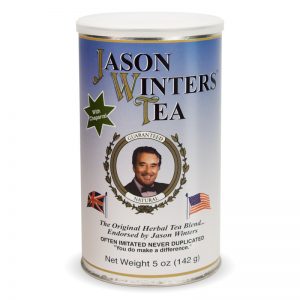
For example, our Sir Jason Winters Classic Blend is a loose leaf tea that you can brew beforehand or even make sun tea for your party! We also carry our Original Blend teabags with chaparral or sage, two popular choices. But it doesn’t stop there – we offer several teas, available in loose leaf or tea bags, which are blended with different herbs or fruit flavors such as raspberry, peach or cinnamon.
When selecting teas, keep in mind what kind of party you’re throwing. It might also be worth getting more than one blend, just to impress your guests!
Decide on a menu
Whether its cookies, cakes or a full-course meal, you’ll need to pick a menu for your guests. The key is to pick food that pairs well with the teas you brought.
One good way to approach this is by following the “sweet and savory” method, especially if you’re planning on serving a meal. Having both sweet and savory foods will give your guests options since every palate is different. Sandwiches are a tea time favorite, so plan on something like a chicken salad sandwich with raspberry scones as a side. You’ll be nailing both sweet and savory.
For more casual occasions, tea cakes and cookies should be perfect. This allows guests to eat smaller portions while pairing their tea with their food. Depending on the type of tea you get, find a food that pairs with the subtle flavors.
Also, be sure to have natural sweetener on hand, such as Stevia or raw honey.
Brew more than enough
You don’t want to throw a tea party and run out of tea! Buy more tea than you need, just in case you need to make some last-minute brews. Tea leaves don’t go bad very quickly, so buying in bulk isn’t a bad idea.
You also don’t want to keep guests waiting if you run out of brewed tea, so pay attention to how much is left and how much people are drinking. If you’re making iced tea, be sure to brew more than enough the night before. Iced tea takes much longer to prepare than hot tea, so preparation is key. However, you’ll likely end up with plenty of leftover iced tea.
Enjoy the party!
Remember: guests have more fun when the host is having fun! You worked hard to set up a tea party, so you should make sure you enjoy it. With enough preparation, you should keep the mid-party work to a minimum, allowing you to entertain your guests and enjoy some great tea!

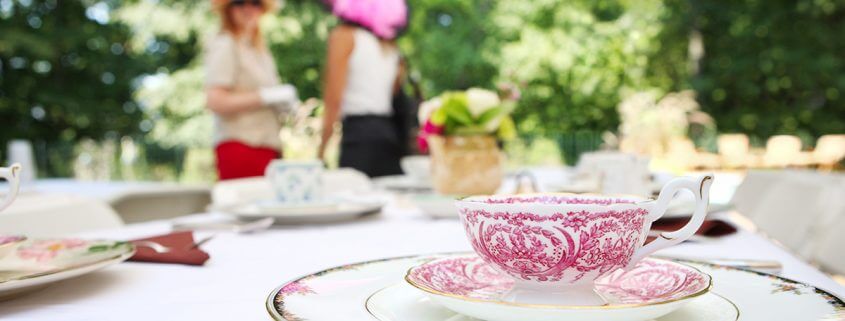
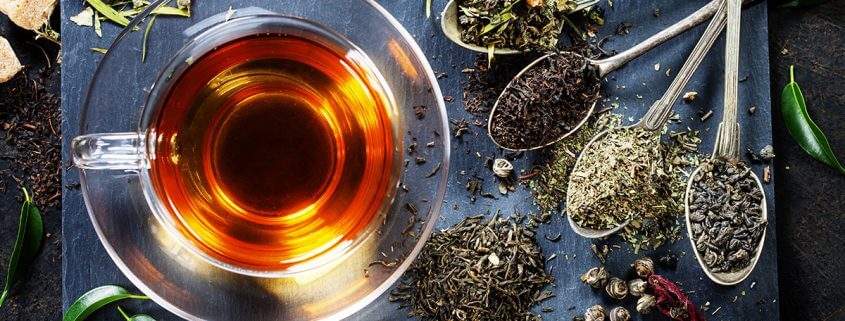
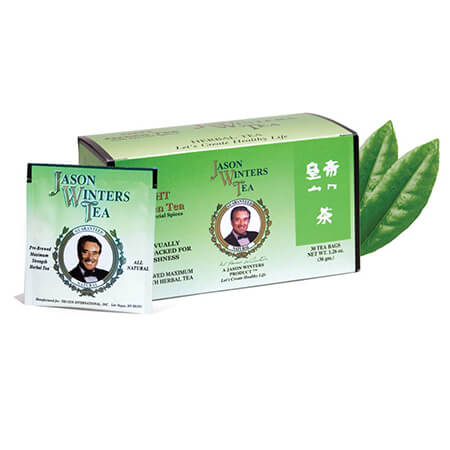
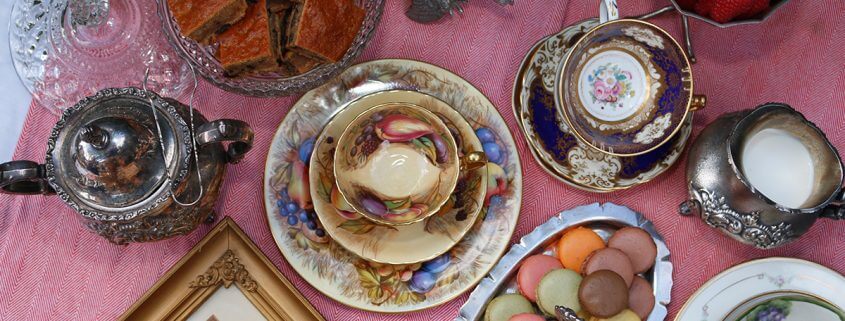
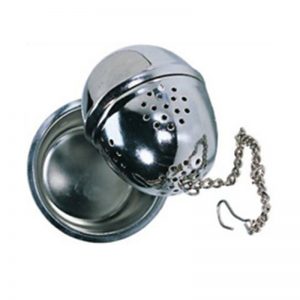
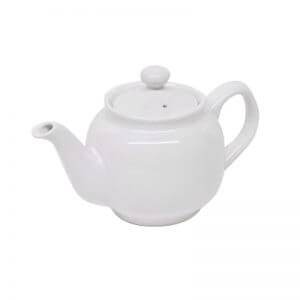
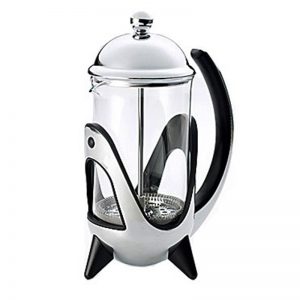
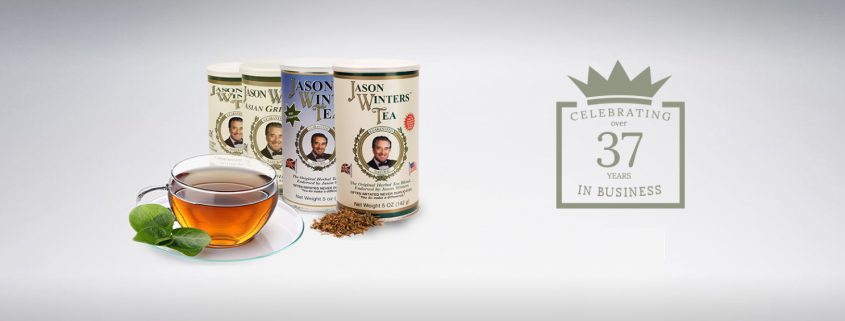
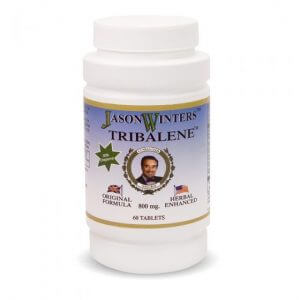
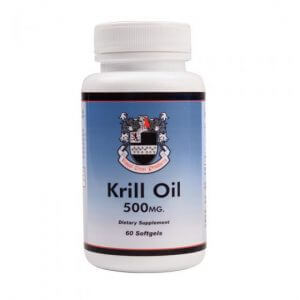
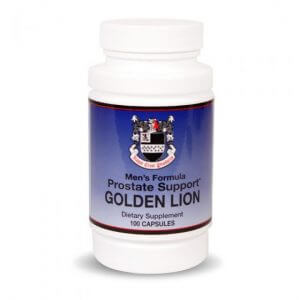
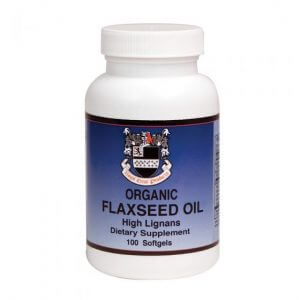
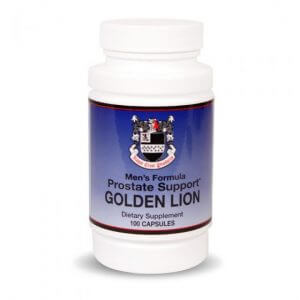
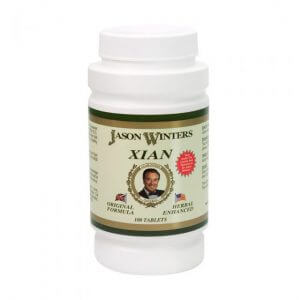
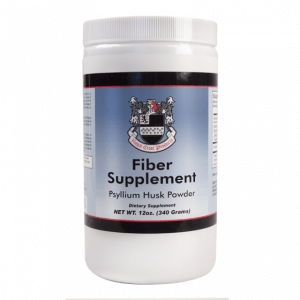
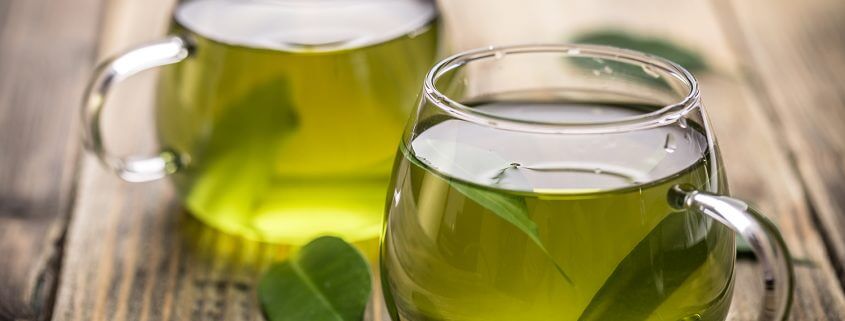
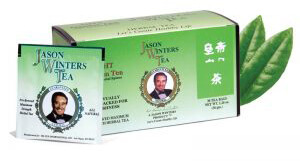
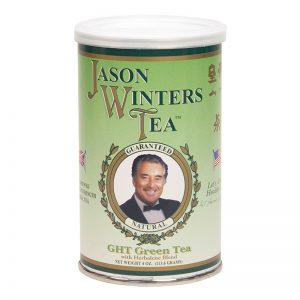
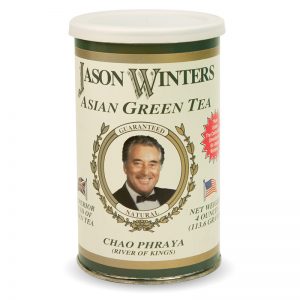
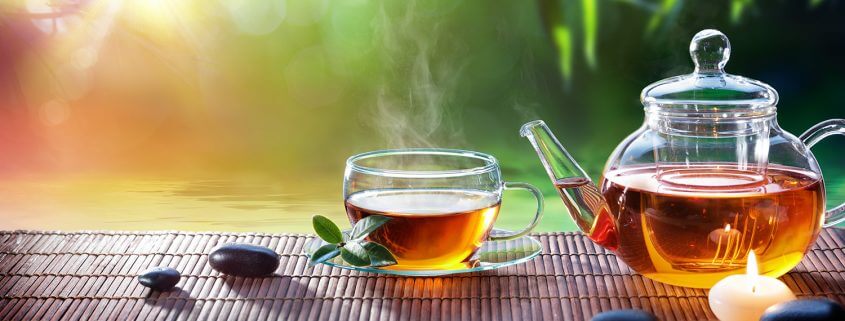
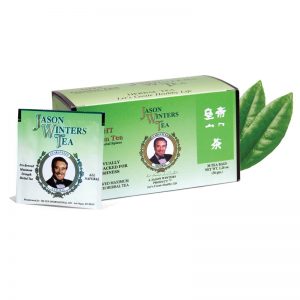
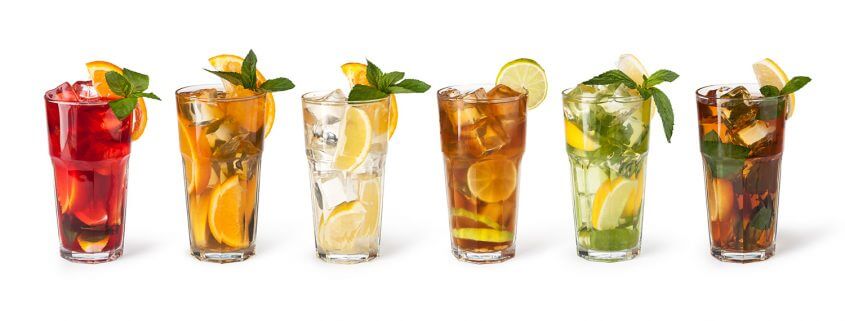
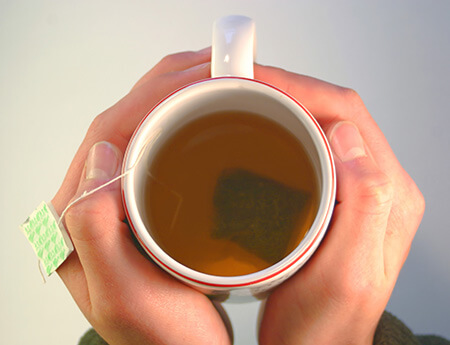 One of the biggest differences between hot and cold tea is flavor and aroma. Interestingly, though, this usually doesn’t have anything to do with the type of green tea you use – it has to do with the fact that the tea is hot or cold.
One of the biggest differences between hot and cold tea is flavor and aroma. Interestingly, though, this usually doesn’t have anything to do with the type of green tea you use – it has to do with the fact that the tea is hot or cold.
 Sir Raymond Winters was delighted to speak to the members of EOS, the exclusive agents for JWT in Japan. He is honored to continue his father’s work and keep his legacy alive by promoting Sir Jason Winter’s story of survival and hope.
Sir Raymond Winters was delighted to speak to the members of EOS, the exclusive agents for JWT in Japan. He is honored to continue his father’s work and keep his legacy alive by promoting Sir Jason Winter’s story of survival and hope.
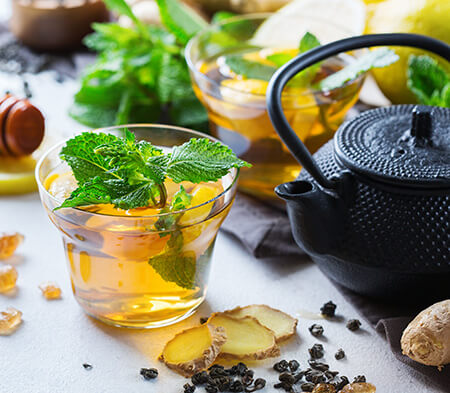 But one inevitable illness that comes every winter is the flu.
But one inevitable illness that comes every winter is the flu. It’s important for anyone with the flu to moderate how much green tea they drink. Green tea does contain caffeine, and too much caffeine can be a bad thing.
It’s important for anyone with the flu to moderate how much green tea they drink. Green tea does contain caffeine, and too much caffeine can be a bad thing.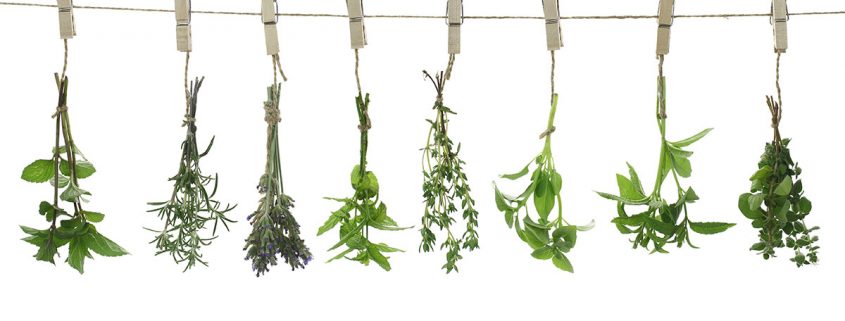
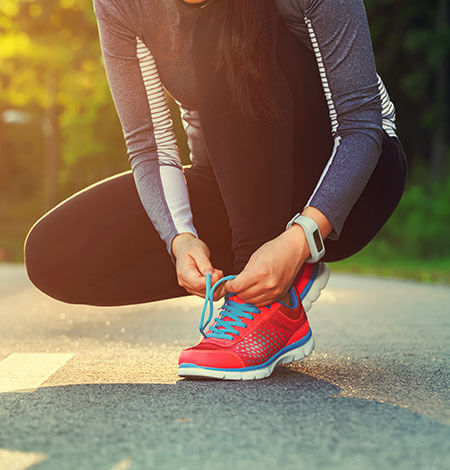 Drinking green tea is not going to make you lose weight – but it can help.
Drinking green tea is not going to make you lose weight – but it can help.